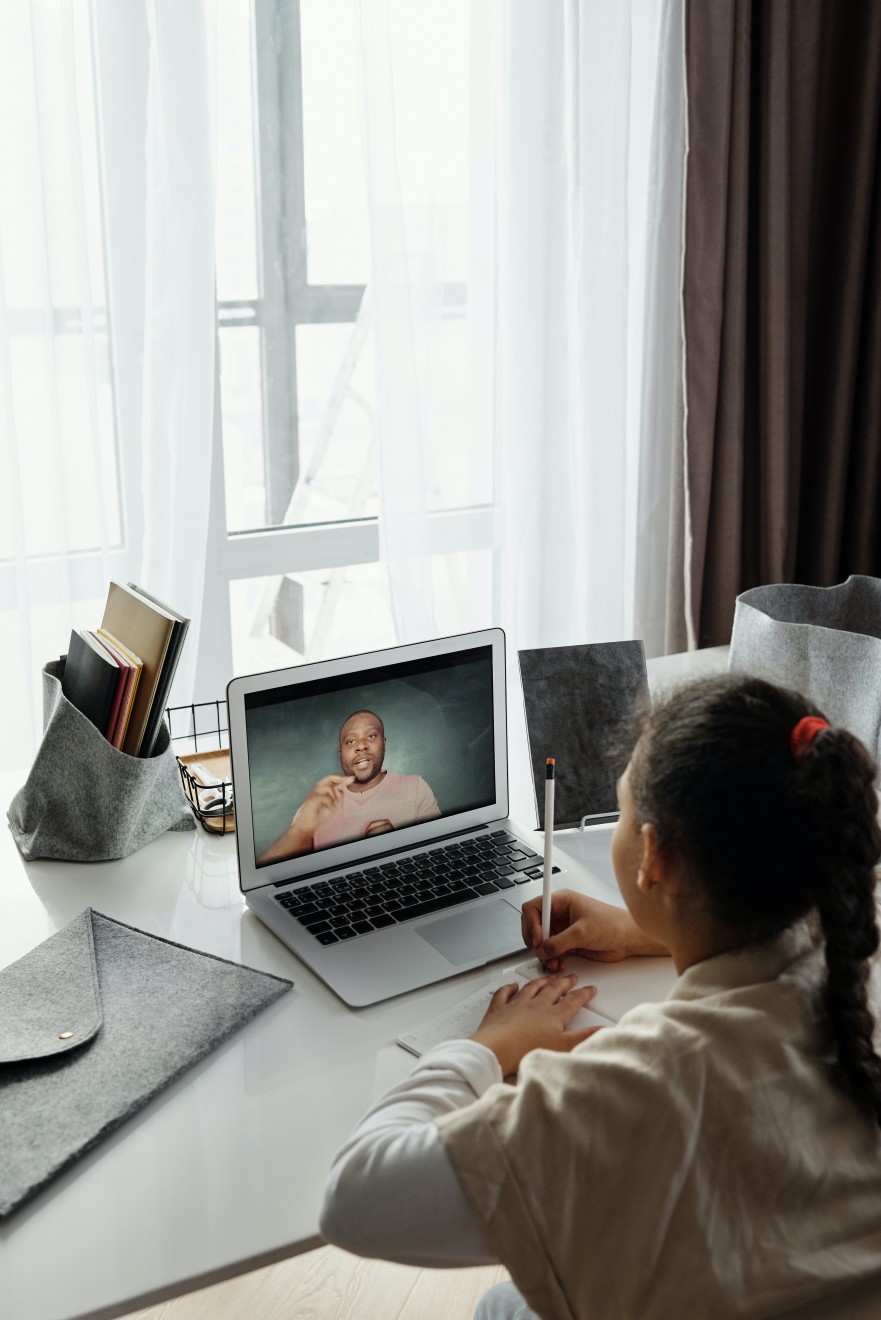I, like so many teachers across the country, am still teaching online. My district has made the decision that we will be fully online until at least January (depending on the metrics), which means I am committed to doing my best. I will still not claim to be an expert. Most days I go home insisting I am the worst teacher in the world; the other days I have brief, glimmering moments of success that I cling to. So, here is what I think is working for my classes at the moment.
Routine and structure: Maybe it’s the old habits dying hard, but I have found a routine that gives structure to my class. We start every day with vocabulary, alternating one week of learning new ACT words (two per day) and the next week practicing using those words. After that, it’s grammar (or whatever we’re learning that week) and half hour of independent work before we check in for discussion or a last little bit of reading.
Using reactions: I’ve been loving a deal or no deal style activity with reactions. I give a sample sentence that needs correcting; if the sentence needs a semicolon, the kids give me a thumbs up; if the sentence need a colon, the kids give me the party popper reaction. I love this for two reasons: I can see immediately which kids are present and engaged, and I can call on kids who are there to tell me where the punctuation goes. It keeps the activity moving quickly, and it’s the closest I have felt to in-class participation.
Breakout rooms: My new favorite feature from Zoom is the ability to let kids choose their own breakout room. It has been a game changer in the past weeks, as I can easily give kids the option to work alone or in a group without having to coordinate it. I open up enough breakout rooms so each student can have their own, but let kids know they can jump in a room together to work as well. For the first time in forever, I popped into rooms to see every camera and microphone on. I didn’t even mind that they were off task.
Student reflection: I have intentionally planned reflections throughout this semester to check in with the kids. It gives me the chance to make sure kids are caught up on their work, while asking them to reflect on a plan if they’re not. It gives them a chance to tell me what is working or not working in class. Even if the feedback is non-specific or useless, it gives the kids a chance to feel heard, and sometimes there are really good ideas.
Humility: I would consider myself pretty tech savvy, but obviously teaching fully online leads to some problems. I try to own those mistakes and let the kids know when I make them. I also try to fix them mid-lesson so they see the revision process too. Typo in a GoogleSlides: “Whoops, that shouldn’t be there; let’s fix it.” The document I shared isn’t accessible: “Sorry about that. Good thing I posted it in Google Classroom as a backup.” The worst issue I owned up to this week– opening the wrong Kahoot for a quiz review. My kids spent 5 minutes looking at words I hadn’t taught them, and I was very confused as to why they were failing so badly.
Four months in and I am still no expert, so help me out! What are some of the online strategies working for you and your students?
Photo by August de Richelieu from Pexels










Comments 1
Hi Rachel! Thanks for the blog! I agree that there are many things than can work with distance learning, as long as it is intentionally planned ahead of time. As you said, reflection is an important piece to a lesson that can definitely be done online. Having a routine and structure helps as well, as you mentioned. I haven’t tried breakout rooms yet, but would love to try it! I have found that having an engaging introduction song as students join zoom to get them “hooked” works. The other day, I had this one from my friend Andy about washing hands: https://www.youtube.com/watch?v=0Tao33mBRVk&ab_channel=AndyHorne